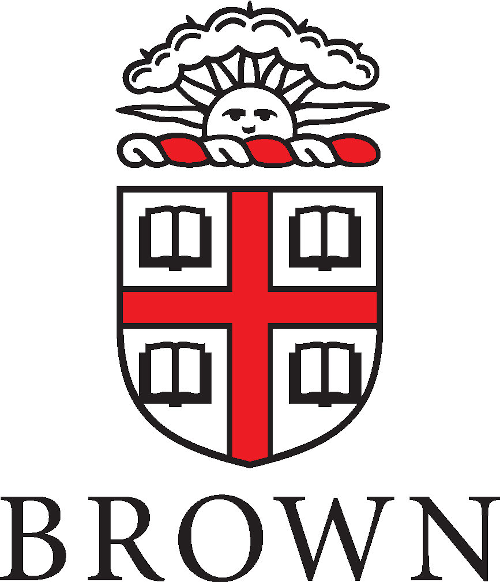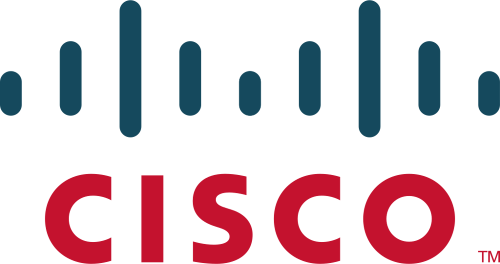An MPO (Multi-Fiber Push-On) connector is a type of fiber optic connector commonly used in data centers to support high-speed, high-density network connections. Unlike traditional connectors that terminate a single fiber strand, an MPO connector can terminate many fibers (e.g., 12, 24, 48) in a single rectangular ferrule, allowing many connections to be made at once.
Advantages of MPO Connectors
Key benefits of MPO connectors include:
- Support for high-speed applications. MPO connectors are widely deployed for 40G, 100G, 400G, and emerging 800G Ethernet, which requires multiple parallel fibers.
- Scalability. Leveraging MPO connectors makes it easier to upgrade or expand data center networks as bandwidth demand grows.
- Faster deployment. Pre-terminated MPO trunk cables can be quickly installed, reducing labor time compared to single-fiber termination.
- Standardization. Widely supported in structured cabling standards (TIA/EIA/ISO/IEC), ensuring interoperability across vendors.
- High density. MPO connectors can terminate many fibers in one connector, saving rack space and reducing cable bulk.
MPO Connector Management with DCIM Software
Managing MPO (MTP) connectors in the data center is more complex than traditional single-fiber connections because of their one-to-many nature. Each MPO port can support multiple communication channels, meaning a single port can connect to several LC-based device ports at once. Without the right tools, documenting and tracking these multi-channel connections can quickly become difficult.
Sunbird DCIM software simplifies MPO management with built-in support for multi-channel connectors. By modeling ports with multiple channels, dcTrack allows you to:
- Track multi-channel circuits accurately. A single MPO port can be defined with multiple channels (e.g., MPO-12 = 6 channels, MPO-24 = 12 channels). This enables precise documentation of all available paths within the port.
- Build and manage complex connections. Using breakout (or harness) cables, you can create one-to-many circuits between LC device ports and MPO patch panel or switch ports. dcTrack ensures every leg of the breakout is clearly documented and visible.
- Avoid stranded capacity. The software shows which MPO channels are in use and which are available, helping you plan for future growth and optimize expensive high-density cabling.
- Visualize and trace connectivity. Circuit trace views display full and partial shared circuits, breakout “legs,” and available channel capacity, reducing errors and providing transparency across teams.
- Standardize modeling. By defining MPO connectors, port channels, and compatibility in the connector library, you ensure every item and model inherits the correct structure for consistent and repeatable management.
With these capabilities, DCIM software provides the accuracy, visibility, and control needed to manage high-density MPO cabling without introducing errors or risking downtime.
Want to see how Sunbird’s leading DCIM software can help you manage MPO connectors? Get your free test drive now.




























